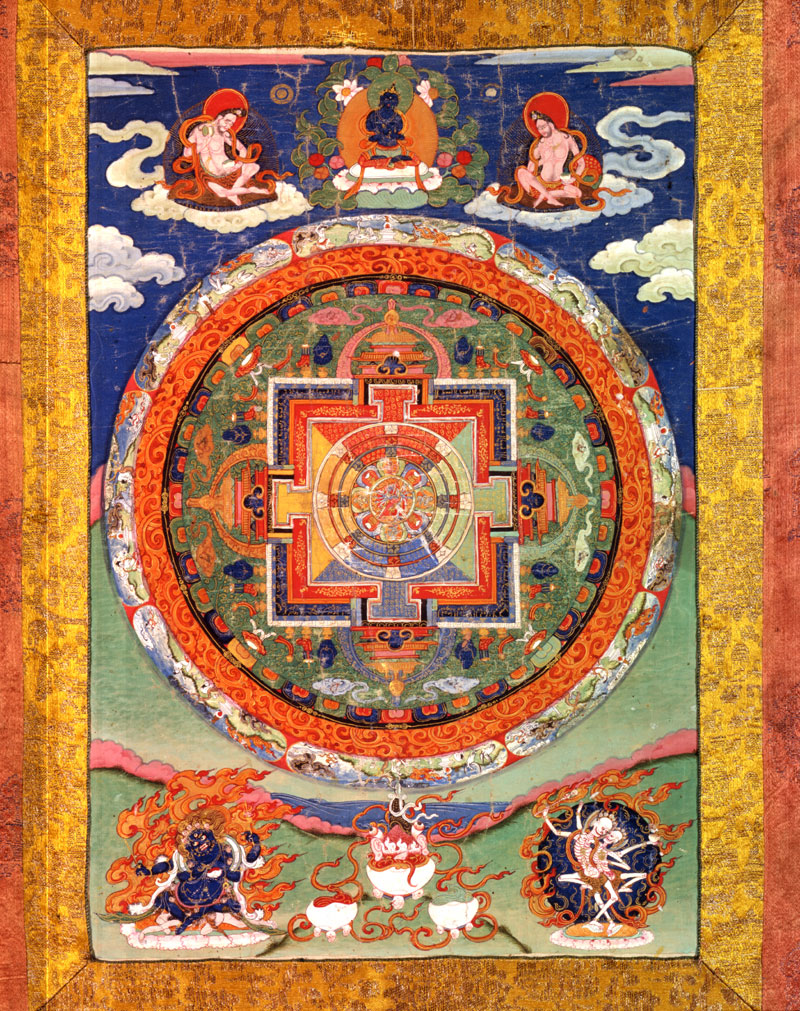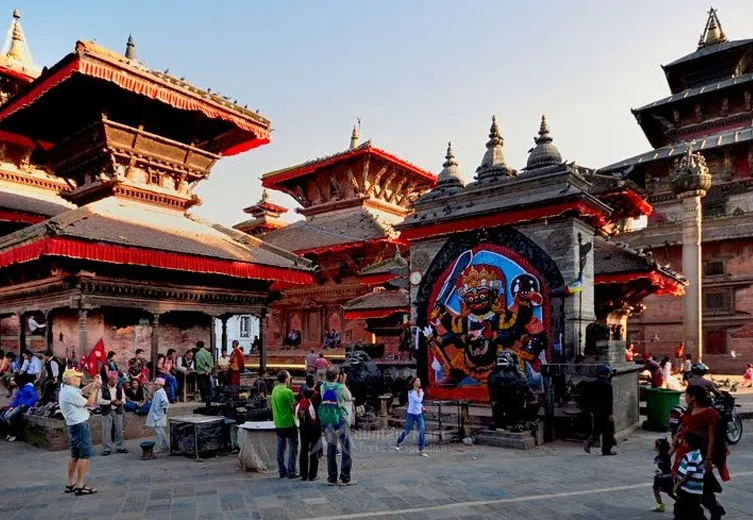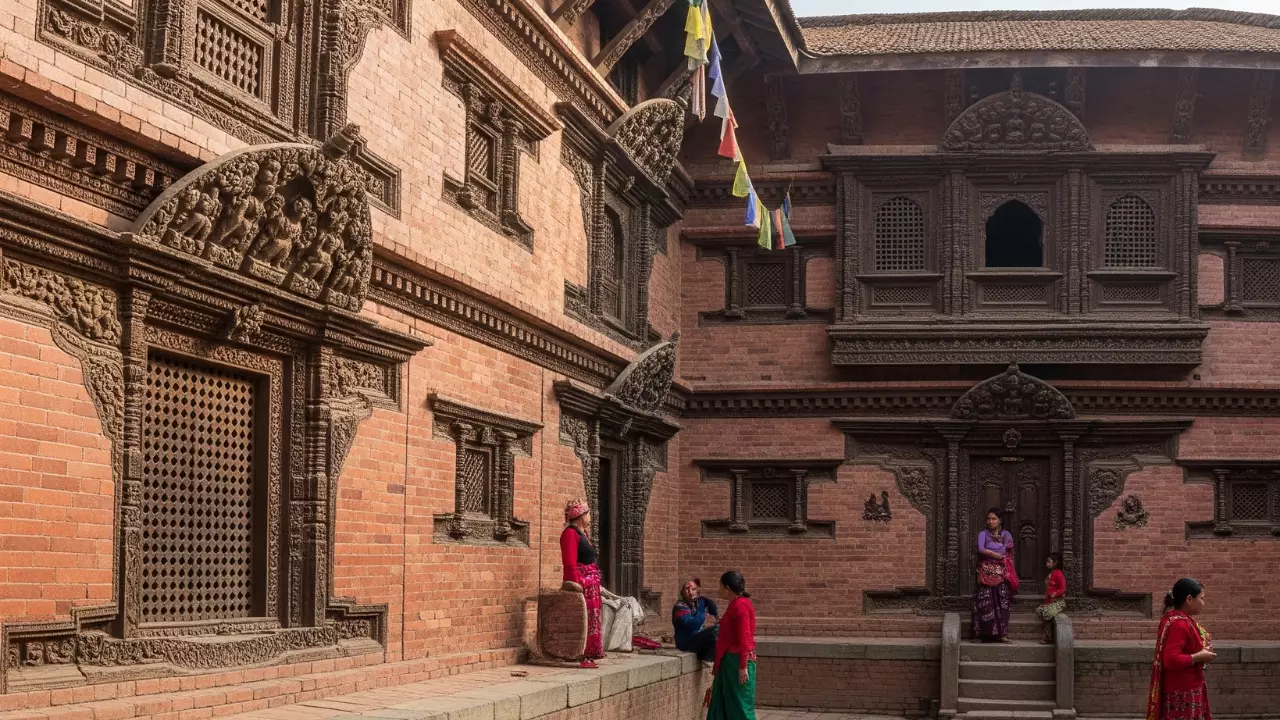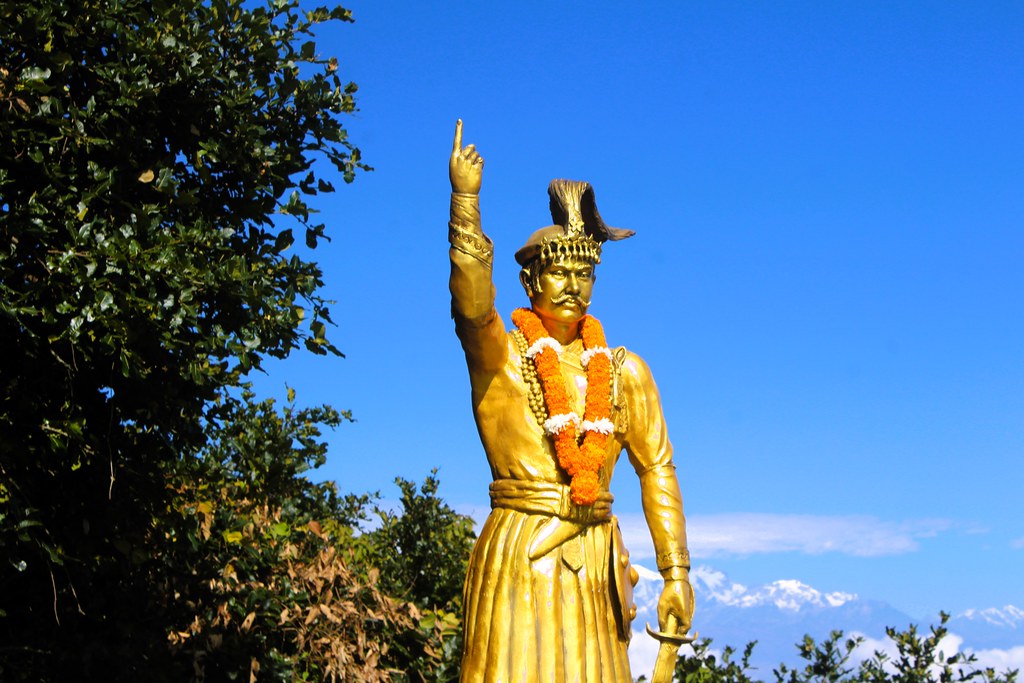Share this Article
Introduction
Thanka painting is one of Nepal's most revered traditional art forms, deeply intertwined with Buddhist and Hindu spiritual practices. These intricate, hand-painted scrolls are not just artistic masterpieces but also serve as important religious artifacts used for meditation, teaching and ritual worship. Nepal, particularly the Kathmandu Valley, has been a significant center for Thanka painting, preserving and refining this sacred art for centuries.
Origins and History
The origins of Thanka painting trace back to ancient Buddhist traditions, with influences from Tibet and China. In Nepal, the Newar community played a pivotal role in developing Thanka artistry, passing down techniques from generation to generation. Historically, Nepali artists were invited to Tibet to create religious paintings and sculptures, influencing Tibetan Buddhist art. The practice flourished during the Malla period (12th–18th centuries), when Nepal became a cultural hub for Buddhist art and philosophy.
Thanka paintings were traditionally used in monasteries, temples and personal shrines, serving as a means of preserving Buddhist teachings in visual form. The paintings were also portable, allowing monks and practitioners to carry them during travels, making them essential tools for spreading Buddhist philosophy across regions.
Significance of Thanka Paintings
Thanka paintings hold profound religious and cultural significance in Nepalese society. They are not merely decorative but serve essential purposes such as:
1. Meditation and Spiritual Practice: Devotees use Thanka paintings as visual aids for meditation, focusing on intricate details to deepen their spiritual connection.
2. Teaching Buddhist Philosophy: Thankas illustrate significant events from the life of the Buddha, mandalas and deities, helping monks and practitioners understand Buddhist teachings.
3. Ritual and Worship: Used in religious ceremonies, these paintings are often displayed in monasteries, temples and homes for prayer and blessings.
4. Historical Documentation: Some Thankas depict historical events, lineage trees of Buddhist masters and cosmological diagrams.
5. Healing and Protection: Many Thankas are believed to possess spiritual energy that can bring blessings, health and protection to devotees.
Styles and Themes
Nepalese Thanka paintings vary in style, but some common themes include:
- Buddha Thankas: Depicting Shakyamuni Buddha, Amitabha or other important Buddhas in different postures and hand gestures (mudras).
- Mandala Thankas: Sacred geometric designs symbolizing the universe, often used for meditation and rituals.
- Deity Thankas: Featuring Buddhist deities such as Avalokiteshvara (Chenrezig), Green Tara and Vajrapani, each representing specific virtues.
- Wheel of Life (Bhavachakra): Illustrating the cycle of birth, life, death and rebirth (samsara) as described in Buddhist teachings.
- Paubha Paintings: A unique Nepalese variation of Thanka, integrating Hindu deities and local mythology.
Types of Mandalas in Thanka Art
Mandala Thankas are among the most spiritually significant forms of Thanka paintings. These intricate, geometric compositions serve as representations of the universe, divine realms and paths to enlightenment. Various types of mandalas are found in Thanka art, each with a specific meaning and purpose:
1. Kalachakra Mandala: Associated with the Wheel of Time. This mandala represents cosmic cycles, balance and spiritual awakening.
2. Shri Yantra Mandala: A sacred Hindu-Buddhist mandala representing divine energy and the connection between the spiritual and material worlds.
3. Five Buddha Mandala: Depicting the Five Dhyani Buddhas (Vairocana, Akshobhya, Ratnasambhava, Amitabha and Amoghasiddhi), each representing different aspects of enlightenment.
4. Medicine Buddha Mandala: Used in healing practices, this mandala features the Medicine Buddha at its center, symbolizing health and well-being.
5. Tibetan Astrological Mandala: Used for divination and guidance, incorporating astrological symbols and deities.
6. Vajrayana Mandala: Found in Tantric Buddhism, these mandalas represent complex deity arrangements used in esoteric practices.
7. Lotus Mandala: Signifying purity and enlightenment, often associated with deities like Avalokiteshvara and Green Tara.
8. Peace Mandala: Used in meditation to bring inner peace and harmony.
9. Protection Mandala: Designed to safeguard individuals from negative energies and spiritual disturbances.
10. Prosperity Mandala: Representing abundance and good fortune, often associated with wealth deities.
The Process of Thanka Painting
Creating a Thanka painting is a meticulous and time-intensive process requiring years of training. The steps include:
1. Canvas Preparation: A fine cotton or silk cloth is stretched and coated with a mixture of chalk and animal glue to create a smooth surface.
2. Sketching the Outline: Artists draw the composition using precise geometric measurements dictated by Buddhist iconography.
3. Coloring and Shading: Natural mineral pigments, gold and organic dyes are used to bring the painting to life.
4. Detailing and Embellishment: Fine brushes are used to add intricate details to faces, clothing and backgrounds.
5. Blessing Ceremony: Once completed, the painting is consecrated by a Buddhist lama or monk to imbue it with spiritual energy.
6. Mounting and Framing: The finished painting is often framed with silk brocade to protect and enhance its presentation.
Cultural Preservation and Challenges
Despite its deep-rooted cultural and spiritual significance, Thanka painting faces several challenges in modern times. These include:
1. Commercialization: Mass production and imitation Thankas made with synthetic colors and machine printing have flooded the market, reducing the demand for authentic, hand-painted works.
2. Declining Traditional Training: Fewer young artists are pursuing traditional Thanka painting due to the time-intensive learning process and limited financial returns.
3. Export and Cultural Erosion: Many authentic Thankas are sold to international collectors, leading to a loss of cultural heritage within Nepal.
4. Lack of Awareness: Local communities often lack awareness about the importance of preserving Thanka painting, leading to a decline in appreciation and support for traditional artists.
Efforts are being made to address these challenges through government initiatives, cultural organizations and art schools that promote and safeguard the art of Thanka painting by supporting local artists and educating future generations about this sacred tradition, Nepal can continue to preserve its artistic heritage.
Conclusion
Thanka painting is more than just an artistic tradition. It is a sacred practice deeply embedded in Nepalese and Buddhist culture. Its intricate designs and spiritual significance make it a unique cultural heritage that continues to inspire artists and devotees worldwide. The mandalas within these paintings serve as pathways to enlightenment, helping practitioners focus their minds and elevate their spiritual consciousness despite challenges such as commercialization and the decline of traditional training, efforts to preserve this art form through workshops, cultural organizations and monasteries remain strong.
With globalization, Thanka art has gained international recognition, making it an essential part of Nepal's cultural identity while adapting to modern artistic influences, it is crucial to maintain the authenticity and sacred essence of Thanka paintings by appreciating and supporting traditional artists. We can ensure that this timeless spiritual art form continues to thrive for generations to come.
Categories:
History & Heritage
Tags:
ThankaArtNepal
,
NepaliThanka
,
SpiritualBrush
,
DevotionalArtNepal
,
TibetanInfluence








